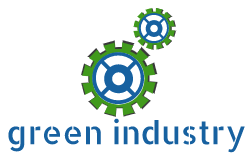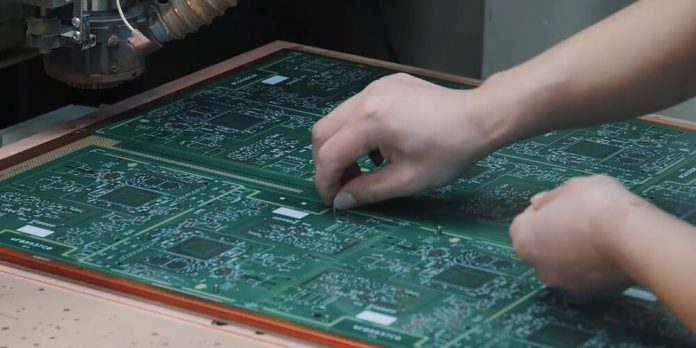Printed circuits boards might seem like a tiny and insignificant part of your device, but the truth is that they are responsible for keeping your devices and equipment up and running. The small and almost invisible gold lines on these boards are, in fact, wires and connections that make everything click. A closer look will tell you about the complexities and the details that go into the manufacturing of these printed circuit boards.
In this article, we are going to help you get a broad understanding of how the printed circuit board manufacturing process works. To read about every little step of the printed circuit board manufacturing process, you will need a lot more time. Unless you are about to start a PCB manufacturing unit of your own, you don’t need to go into all the details.
Printed Circuit Board Design
Before the PCB manufacturing process starts, the first step is to design the printed circuit board, and this duty lies with the customer. For example, you want a printed circuit board for your company servers, so you will have to design the board yourself. The design will include deciding what material to use, what type of board you need, and how many layers you need in your printed circuit board.
The final design will also show the tracks of the copper wires that will eventually become the connections that will power and run the entire device. Once you complete the design and send it to the manufacturer, the manufacturer will use that design as a blueprint and manufacture any given number of printed circuit boards exactly according to that design.
So, you can say that the printed circuit board design is one of the most important parts of the manufacturing process. Any faults in the design, and you will end up wasting a lot of resources, not only of yourself but of the manufacturer as well.
Printed Circuit Board Manufacturing & Assembly:
Once the blueprint is ready, the manufacturing process begins. Considering the complexities of manufacturing a printed circuit board, it wouldn’t take too much time to guess that this is a long and time taking process. The manufacturing process includes the following steps:
- Design manufacturability check.
- Cutting the substrates.
- Drilling and deburring the substrates.
- Copper layer attachment.
- Film layer attachment.
- Image development of the film.
- Etching to remove excess copper.
- Optical inspection.
- Application of solder mask for protection of circuits.
- Hardening the panels.
- Silk screening of the entire printed circuit board.
- Cutting & Cleaning.
- Final tests.
These are the THIRTEEN steps that turn a chunk of fiberglass or plastic into the printed circuit board that powers almost every piece of electric equipment in this world. Some of these steps are quick, while others can take hours. Some are automatically done by machines, while others require manual labor. In short, from design to manufacturing and then assembly, the whole process is very fascinating, to say the least.
Printed Circuit Boards Testing & Packaging
Once the manufacturing and assembly are complete, the printed circuit boards have to pass rigorous real-time use tests before they are packed and shipped to the customer. Using different techniques and electronic machines, experts check the design, the wires, and the connection layouts.
After all the tests, each printed circuit board packs into separate plastic bags that keep these boards secure until they reach their destination. The packaging process is so delicate, and the packers have to be extra careful so that they don’t damage the mounted parts on the circuit boards.







